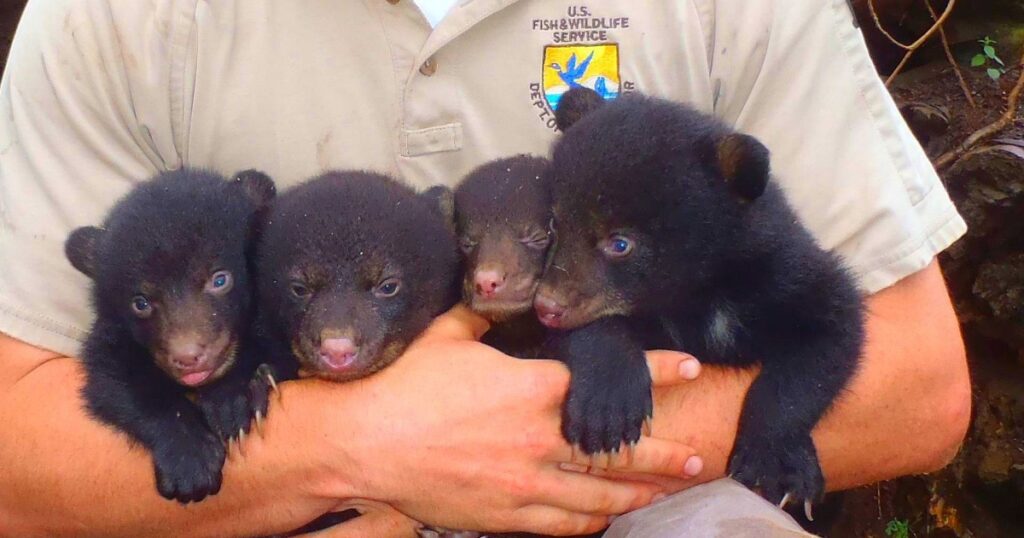As 2023 draws to a close, the celebration of the 50th anniversary of the Endangered Species Act (ESA) will transition into the beginning of the next half-century. Looking ahead, we observe a notably positive shift in how the Act is being implemented. Over the first 50 years, we accumulated a wealth of knowledge, developed numerous regulations and processes, and succeeded in preventing the extinction of many species, while a few were even on the path to recovery. Regrettably, for some, the ESA came into play a bit too late. During this initial half-century, conflicts often arose in the implementation of the Act, both among agencies and the public. However, these conflicts have served as valuable lessons. Many articles have been written on various aspects of the ESA’s application, but I can sum up the lessons learned succinctly: “the carrot tends to be more effective than the stick.” Innovative approaches to ESA implementation, where species are viewed as assets rather than liabilities by private and public landowners, are the way forward.
We can trace the roots of this new collaborative conservation approach back to 1990. During that year, the U.S. Fish and Wildlife Service listed the Northern Spotted Owl and proposed the listing of the Louisiana Black Bear as a threatened species. The threatened owl was managed in a “traditional” manner, employing the regulatory powers of the ESA to protect the species. On the other hand, the threatened bear was managed using some of the flexibilities authorized under the ESA, which incentivized cooperation and collaboration with state and federal agencies, as well as private landowners. Many of us now consider this approach as second nature, but in 1990, it was a highly innovative, high-risk strategy that proved extremely beneficial for the species as well as private landowners and communities.
This new collaborative conservation approach was implemented using Section 4, subsection (d) of the ESA, often referred to as the “4(d) Rules.” These rules allow the federal government to tailor the protections and incentives for species classified as “threatened,” considering the species’ biology, the ecosystems they inhabit, and the needs of the communities (both private and public landowners) that support these species.
At the time, it was unknown, but this marked the inception of “Conservation without Conflict,” wherein private landowners, federal, state, and local agencies, tribal governments, non-governmental organizations, academia, and many other partners came together to identify and share common goals and needs. These individuals and entities set aside their perceived differences, found common ground, communicated effectively, and built long-lasting trust. This simple model of Conservation without Conflict resulted in the recovery and eventual delisting, in 2016, of the Louisiana Black Bear.
Today, the Conservation without Conflict philosophy and collaborative conservation model continue to expand across the nation. Their scope extends not only to species recovery but also to preventing species from needing ESA protections in the first place. Implementers of the Conservation without Conflict philosophy work alongside all those interested in collaborative conservation, with the aim of keeping common species common, conserving at-risk and listed species as well as the ecosystems where they occur. By working together, we not only build a robust and diverse conservation community but also maximize our limited resources for the conservation and recovery of species requiring ESA protection.
As we move into the next fifty or even one hundred years, we will continue to innovate and enhance the way we implement conservation. The future of conservation envisions a cultural shift from confrontation-first to an ethos of collaboration always.
By Leopoldo Miranda-Castro
Executive Director


No comment yet, add your voice below!